The Legend of Korra is a bit more of a divisive series than its predecessor, Avatar: The Last Airbender. While the series does have many fans, it’s not as universally loved as the original. However, in many ways, Legend of Korra gets way more criticism than it deserves largely because it was never going to be exactly the same as The Last Airbender.
Despite all of this, there are still some things in the series that just don’t make a lot of sense. Whether it’s on a story, plot, or technical level, where are the main things from Legend of Korra that are hard to make sense of.
10 Not enough information about some of the original characters
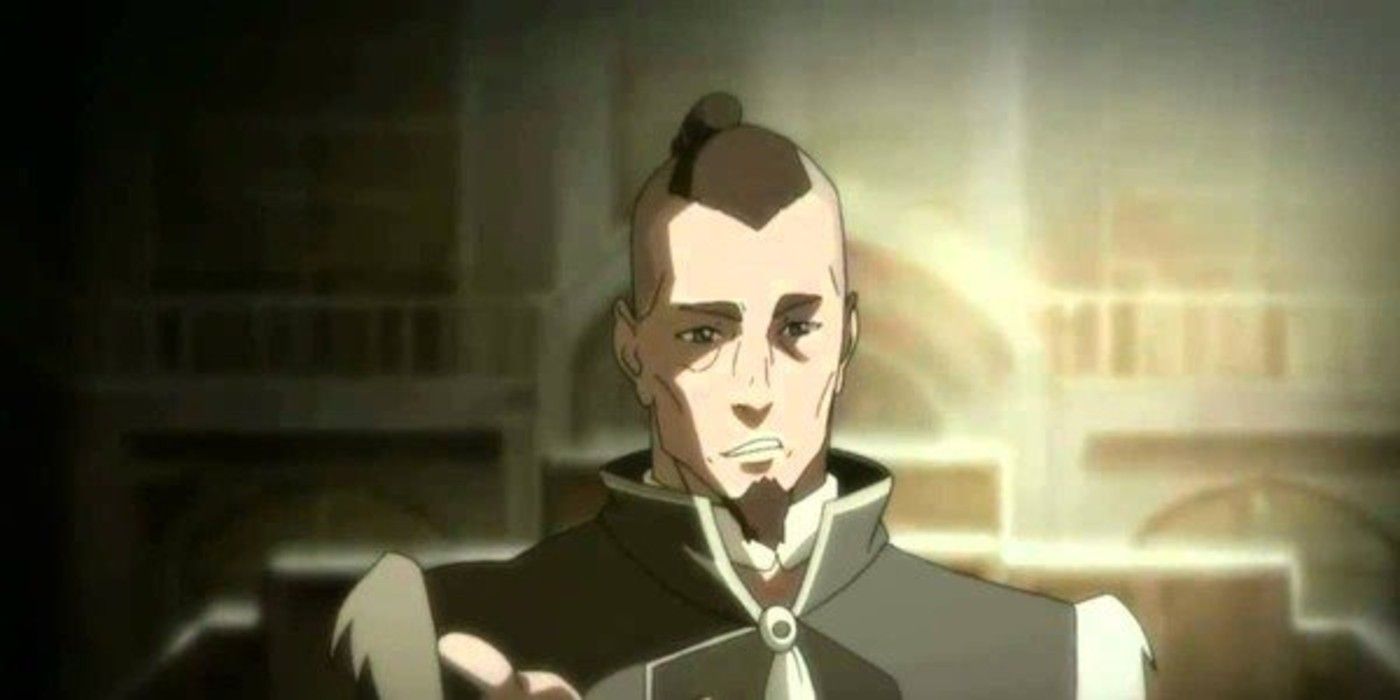
One of the most engaging things about the series was learning about the adult lives of Team Avatar. While some fans wish the series had focused more on them and others don’t, it was always fun to learn about the original characters.
However, one thing that didn’t make a lot of sense was that while certain characters like Toph and Aang were talked about often, other characters like Sokka were barely mentioned at all.
9 A team avatar that wasn’t united
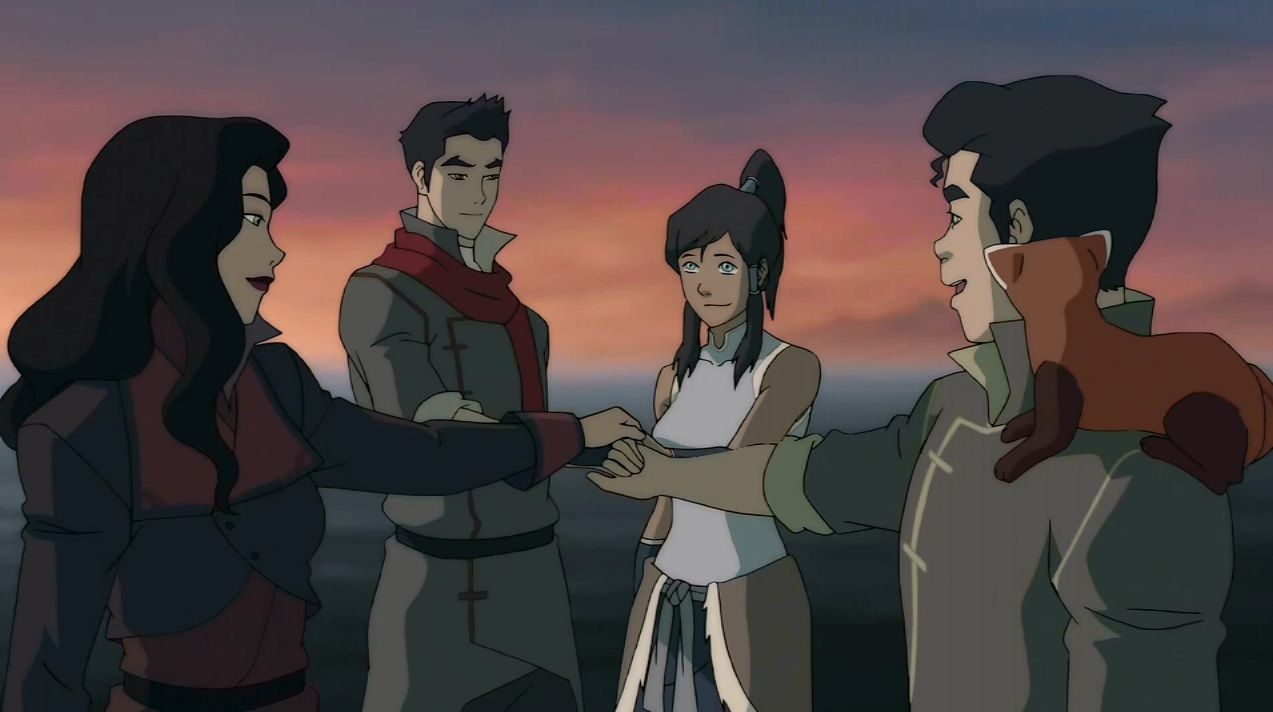
LIkely in a quest to make Korra as a series felt different and not just a repeat, each Team Avatar is very different. These four people don’t immediately all get along and click.
While this isn’t necessarily a bad thing, the focus on romance over friendship was often tiresome. While eventually Korra, Asami, Mako, and Bolin became close, it took a while to get there, and it just wasn't as enjoyable to watch.
8 Bending become overpowered
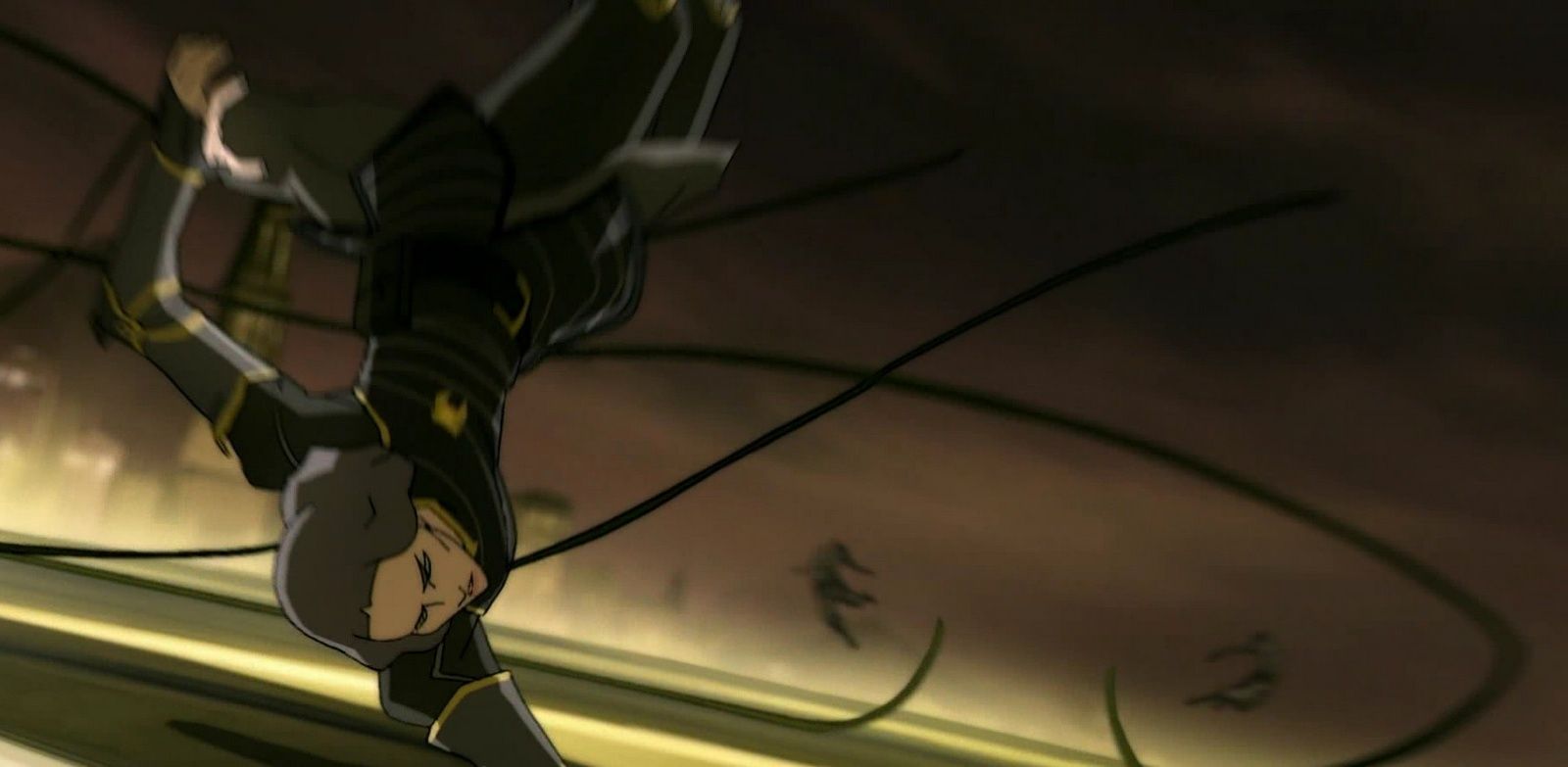
One of the interesting things about the sequel series is how it explored elements of bending from the original and expanded on them. It definitely makes sense that bending would become even more extreme in some areas, but sometimes things seemed illogical.
While metal bending would have become more common, it seemed way overused. Also, the way that Amon was able to blood bend so easily at such an extreme level never made a lot of sense.
7 The disconnect between seasons
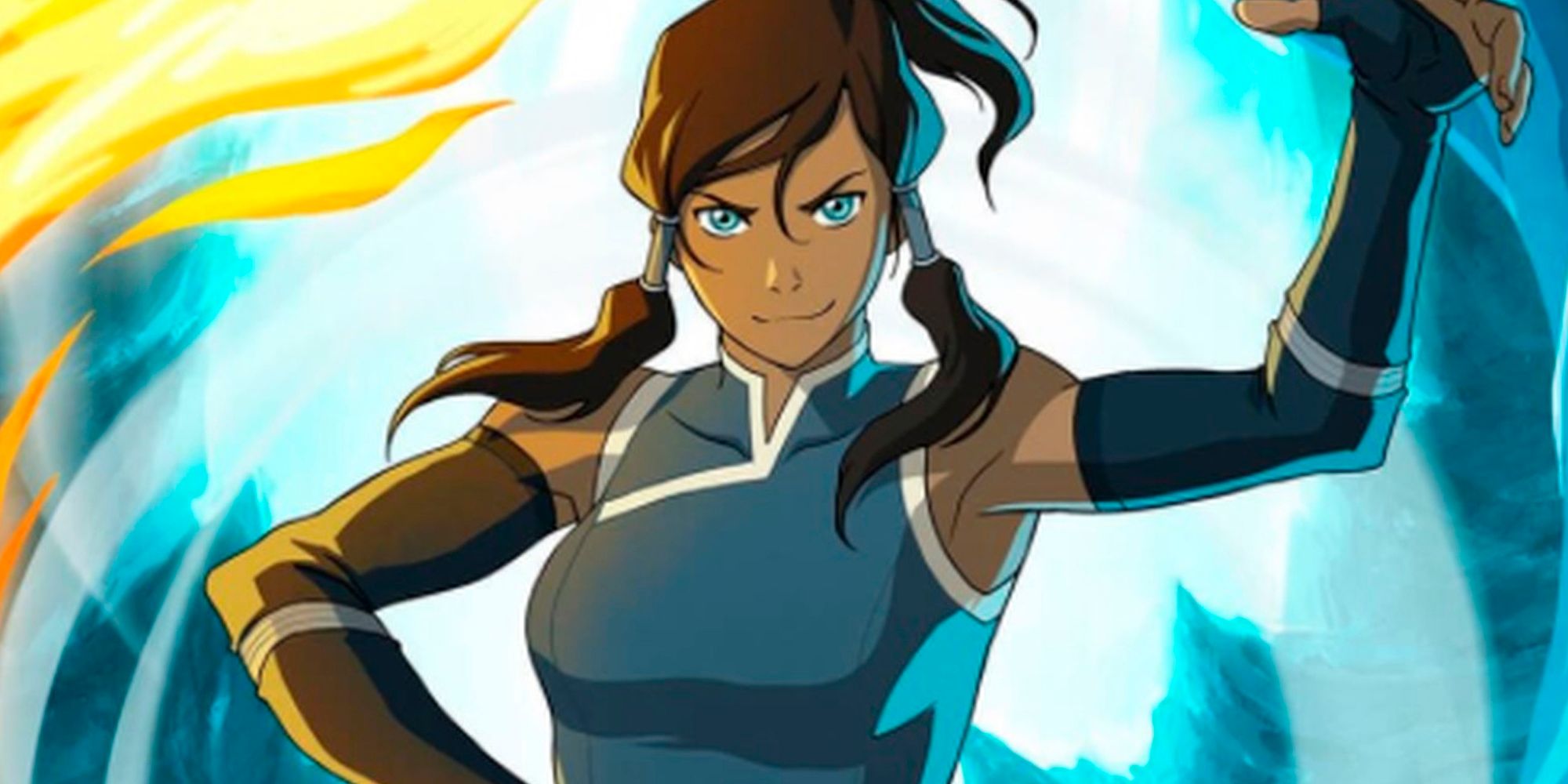
One big flaw in The Legend of Korra was that there didn’t seem to be a completely planned out story from start to finish. While this is definitely true, there is at least an explanation for this that does make sense. The creators were not given a green light for all four seasons at once, so things feel disjointed because they couldn't plan ahead.
This is also why seasons three and four are often seen as the best. That’s because these two seasons were both approved by Nickelodeon at the same time allowing for a more planned out narrative arc.
6 The confusing political messages
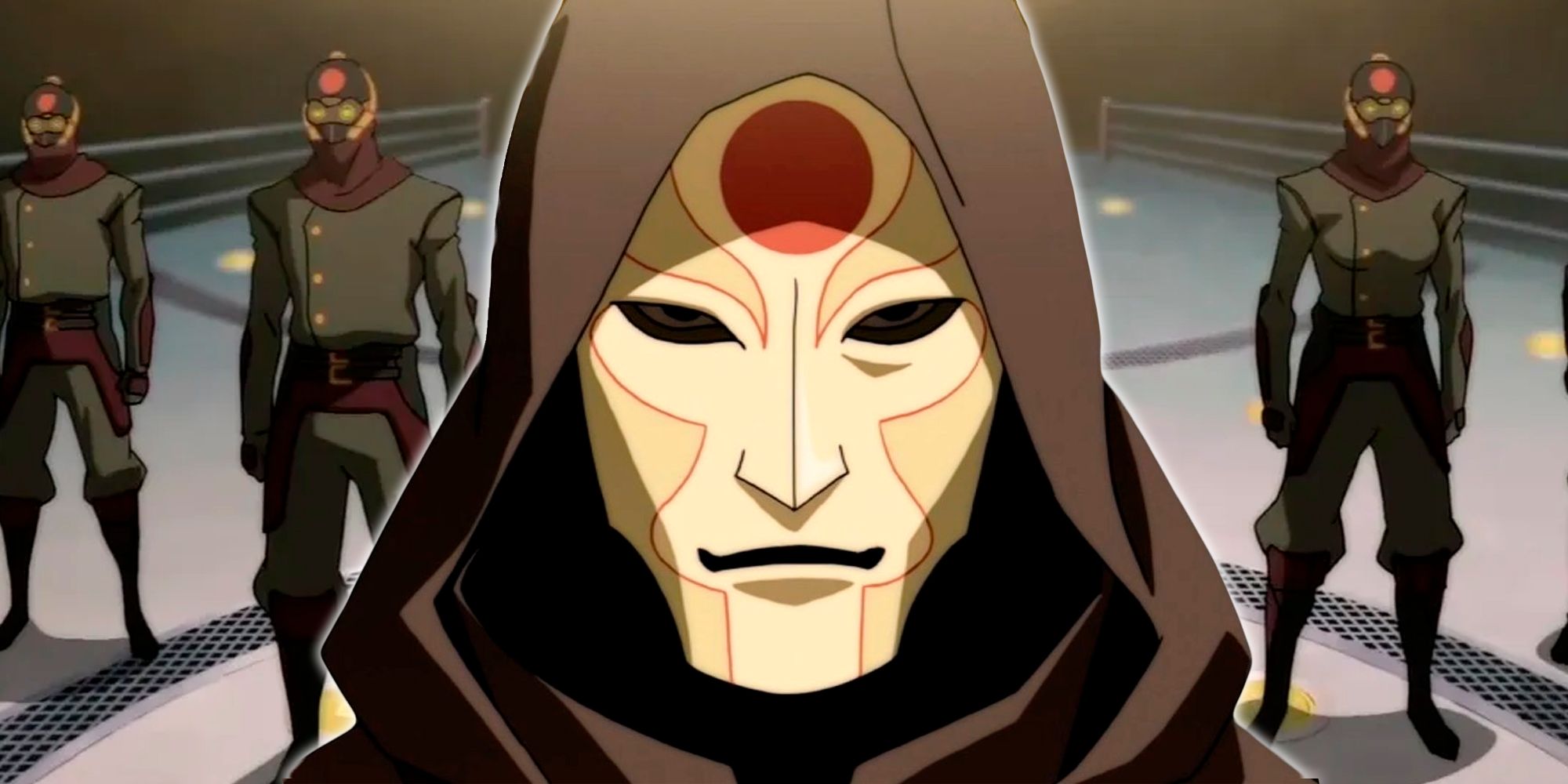
One good thing about Legend of Korra is that it does try to explore a variety of themes and messages on a social and political level.
However, it often mishandles these themes in confusing ways. The best example of this is Amon. While the idea of non-benders being oppressed is actually shown to have some merit, he and his followers are still made out to be villains with the bending police presented as overall good in the end.
5 How quickly the world changed including technology
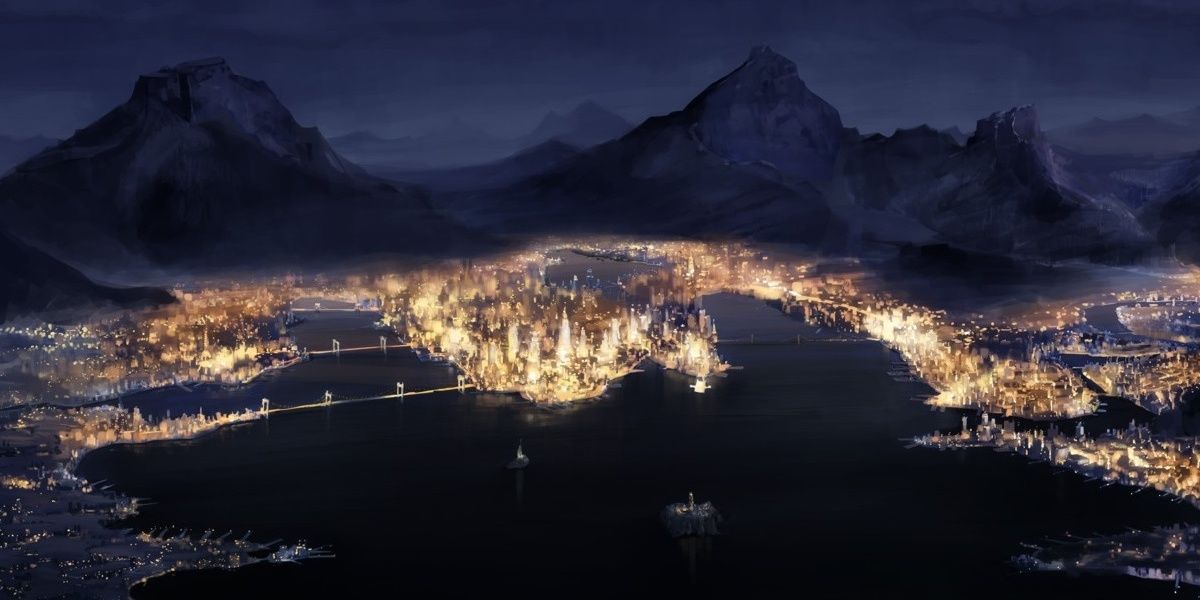
This is another point that is somewhat controversial and has been talked about often. Some fans feel that the major leap forward makes sense given the 70 years time jump and the use of bending to speed up a technological revolution.
This also mirrors the real world in many ways, but it can still be rather jarring to see just how much technology and how big Republic City grew in just a generation or two.
4 That Toph became the police chief
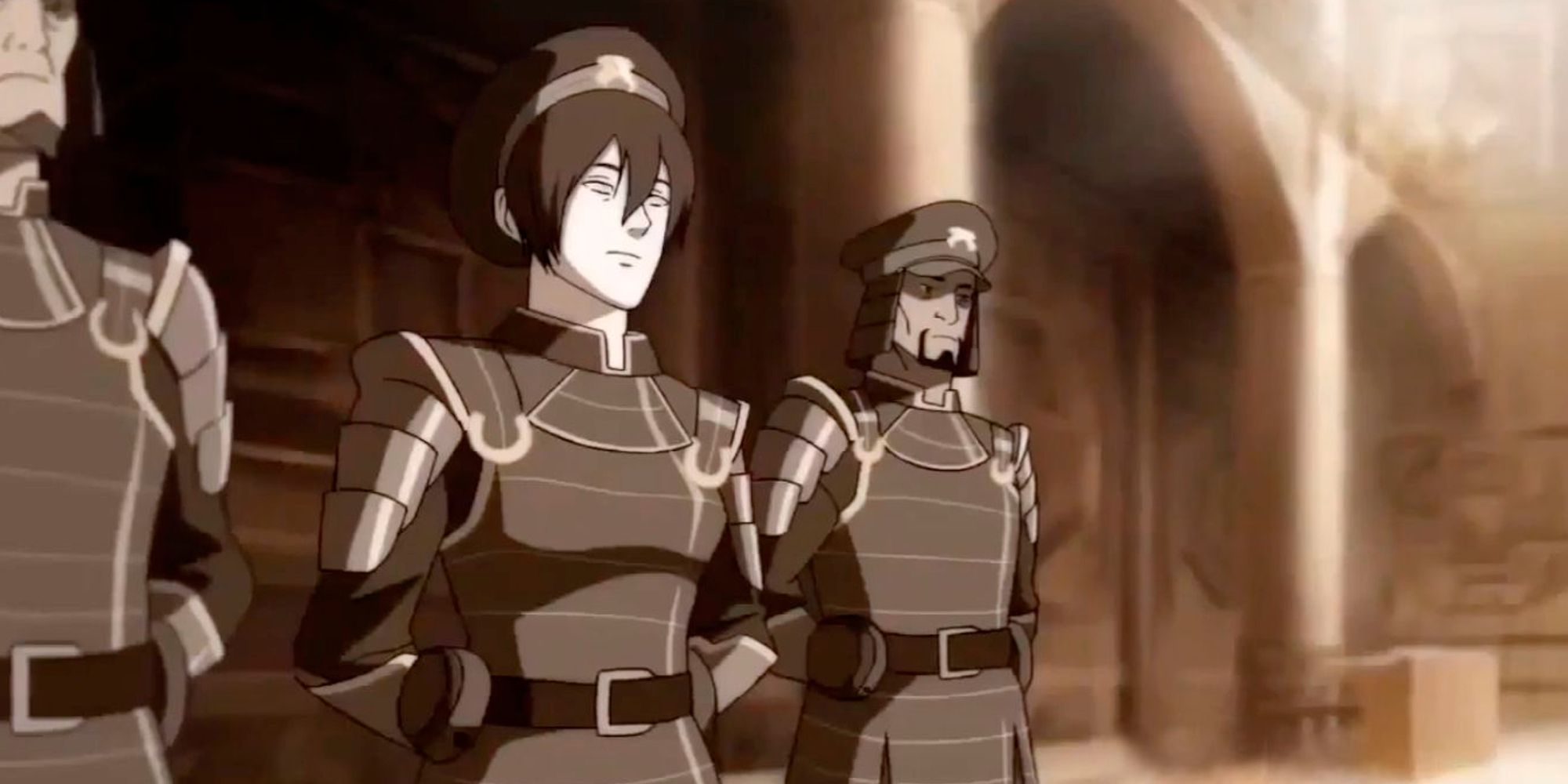
While there was definitely a lot of merit to including flashbacks and story of the original characters, sometimes things went awry. There were many times when people seemed out of character, and this is definitely true with Toph.
The fact that Toph started up Republic City’s police force seems in direct conflict with her rather freedom-seeking personality that had been made to follow strict rules in childhood.
3 The love triangle storyline
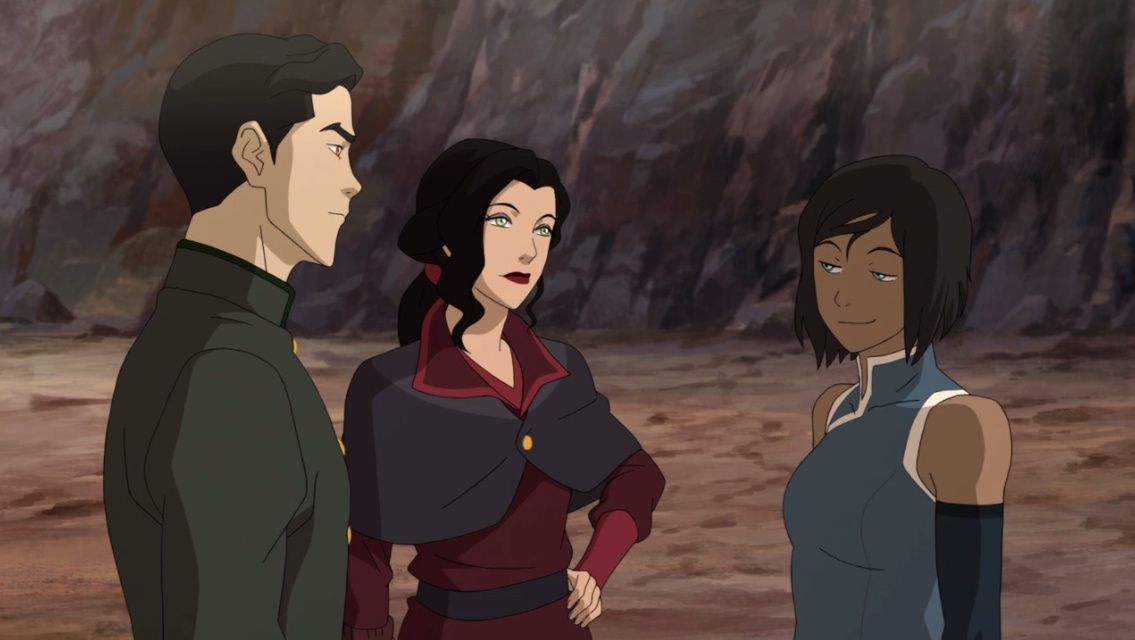
Probably one of the main criticisms from Legend of Korra is the love triangle narrative for the first and second seasons. Many people feel that focusing too much on teen romance did the story and most of the characters a disservice.
It made characters like Mako seem cold and unlikable, and it just felt rather forced all the way through.
2 Why Korra had less freedom than Aang did
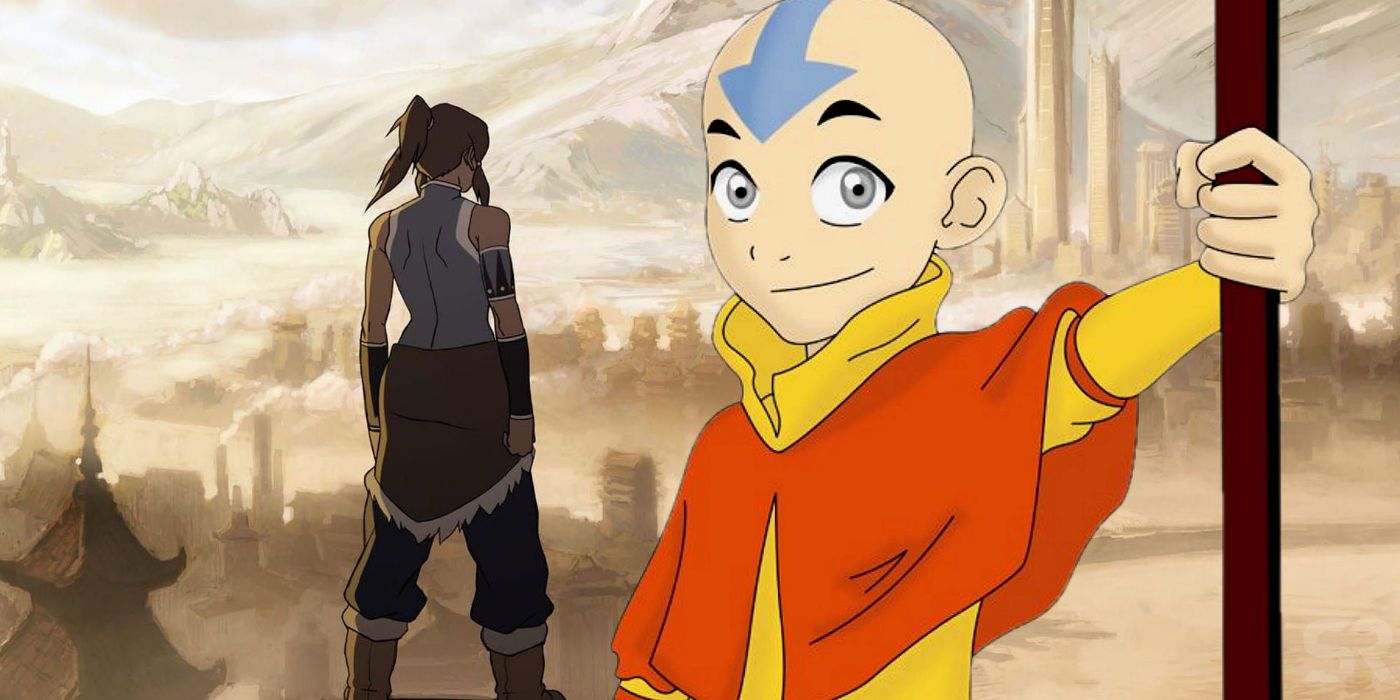
This point might make some sense, but it was still frustrating to watch. Aang was only 12 when he was flying around the world along with his friends, but Korra, who was in her late teens, always had a lot of strict adult supervision.
She wasn’t able to really make her own choices, and they often made her seem much less responsible than Aang even though she was older.
1 Everything about adult Aang
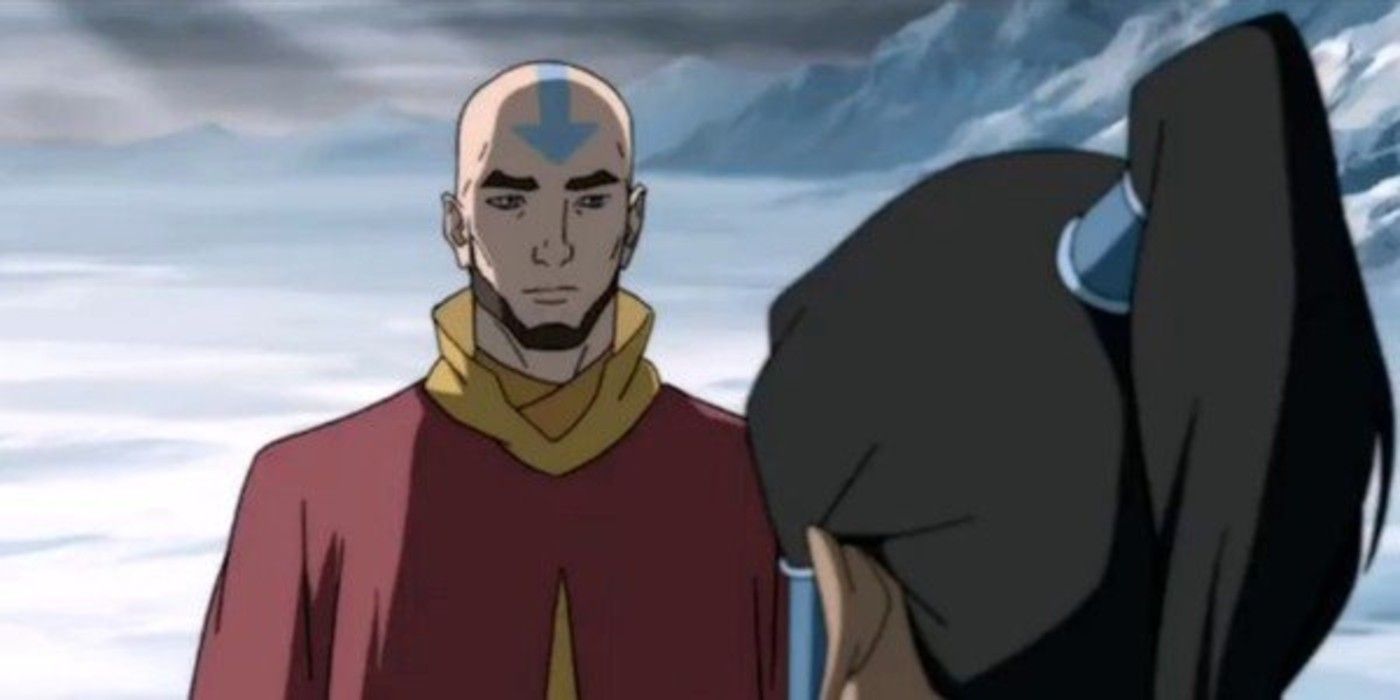
In many ways, showing the main heroes in adulthood made them less likable. It was more realistic in a way that people don’t really want in escapist stories. This is definitely true when it comes to Aang.
While young Aang was gentle, emotional, and all about equality, adult Aang seemed nearly personality-less and also rather cold and distant. He wasn’t a great father, and he cared more about Tenzin than his other children.
from ScreenRant - Feed https://ift.tt/3ioVath



0 Comments